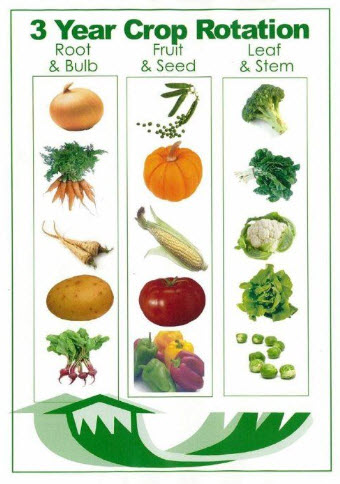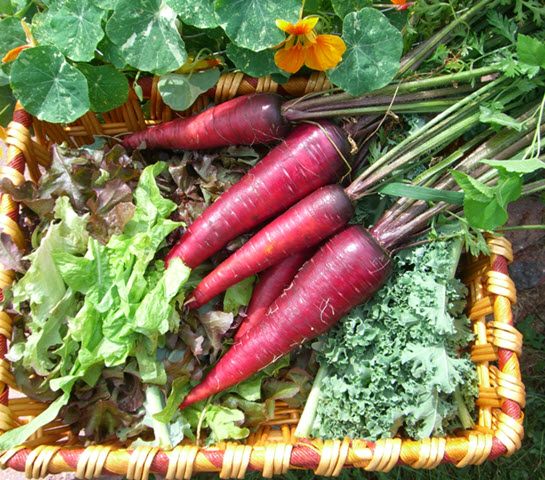Click below to listen to my 2 min. Garden Bite radio show/podcast: Crop rotation in the vegetable garden
Audio PlayerWe’re SLOWLY creeping into planting season and I wanted to get you thinking about crop rotation as we consider our vegetable garden. While there are many more disease resistant vegetable cultivars, crop rotation is still something to think about for a couple of reasons.
It’s really the single easiest thing we can do to keep soil nutrients working FOR us and to help prevent disease. But what crops do you rotate with?
In simple terms, divide your vegetables into three categories: Root and bulb – think carrots, beets , potatoes, garlic and onions; Fruit and Seed, – think tomatoes, cucumber, beans, corn, peppers and peas; and Leaf and Stem – think broccoli, celery, cauliflower, spinach, lettuce and kale.

This isn’t a complete list. The nightshade family includes potatoes, tomatoes and eggplant. They are all susceptible to the same diseases and should not be planted in the same area. In other words, if you planted tomatoes in one spot last year, don’t plant potatoes or eggplant in the same spot.

Rotation is important for maintaining healthy soil.
- Follow heavy to medium feeders that draw a lot of nutrients from the soil (tomatoes, corn, cabbage, peppers) with either light feeders (carrots, beets, onions) or heavy givers (beans, peas) that will actually fix nitrogen in the soil and enrich it.
- For fertilizing, keep in mind what your plants need. Root, fruit and seed vegetables need more phosphorus aka P and potassium aka K. Leaf and stem veggies use more nitrogen aka N.
- Don’t feel overwhelmed by this, instead use it as a guideline.
- Here’s a more in depth explanation of the what and why of crop rotation from the University of Wisconsin Extension. Using Crop Rotation in the Home Garden.
